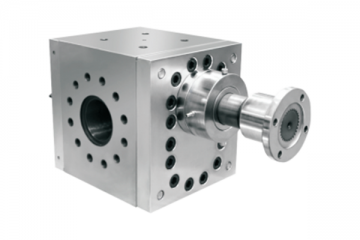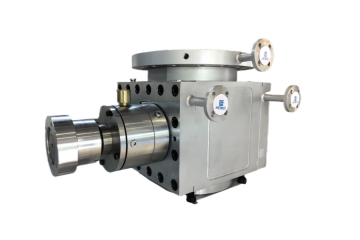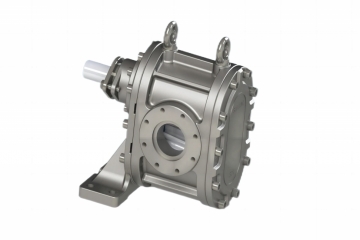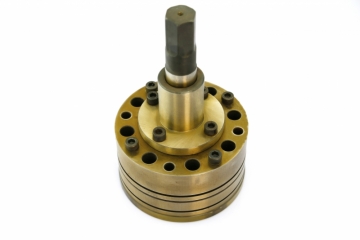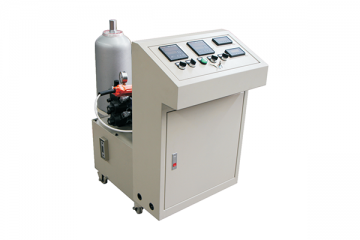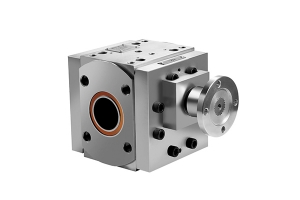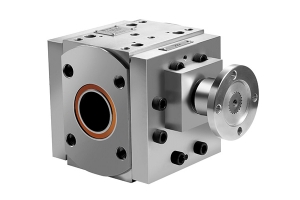The melt pump (also called gear pump or melt gear pump) in the plastic profile extruder is a key auxiliary equipment, which is mainly used to stabilize the melt pressure in the extrusion process, improve the output and product quality. The following is a detailed analysis of the melt pump:
1. The role of the melt pump
Stabilize pressure: eliminate pressure fluctuations caused by extruder screw fluctuations, to ensure uniform melt output.
Increase output: through the pressurization function, reduce the load of the extruder, improve the extrusion efficiency (especially for high viscosity materials).
Energy saving and consumption reduction: Reduce extruder back pressure, reduce energy consumption by 10%-30%.
Precise control: linkage with the control system, realizing closed-loop adjustment of flow and pressure, and improving dimensional accuracy.
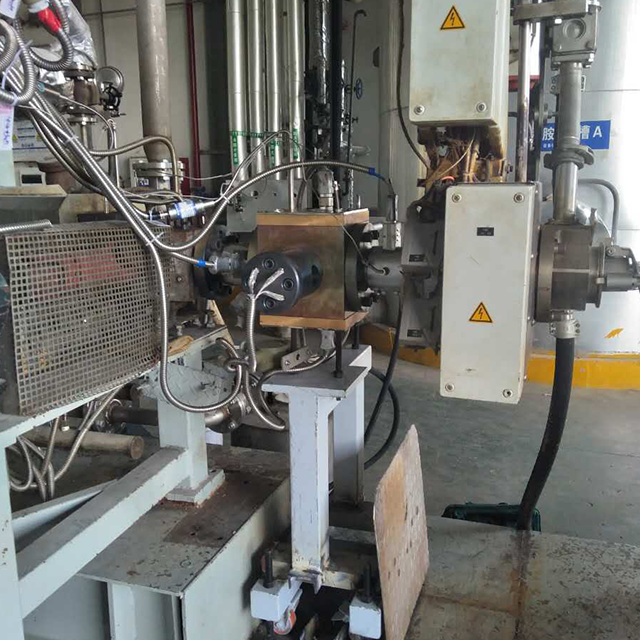
2. Structure and working principle
Core components:
Gear set: usually consists of two gears (main wheel and driven wheel) meshing with each other, made of high-strength alloy steel (e.g. 38CrMoAl) with nitriding treatment on the surface.
Pump body: high temperature and high pressure resistant design with heating/insulation device (e.g. electric heating ring or thermal oil channel).
Bearing system: needs to be resistant to wear and high temperatures (e.g. sliding bearings or special ceramic bearings).
Sealing devices: to prevent melt leakage (e.g. screw seals or hydraulic seals).
Workflow:
Melt enters the suction end of the pump from the extruder → gears mesh to push the melt to the outlet end → pressurized and stable output to the mold.
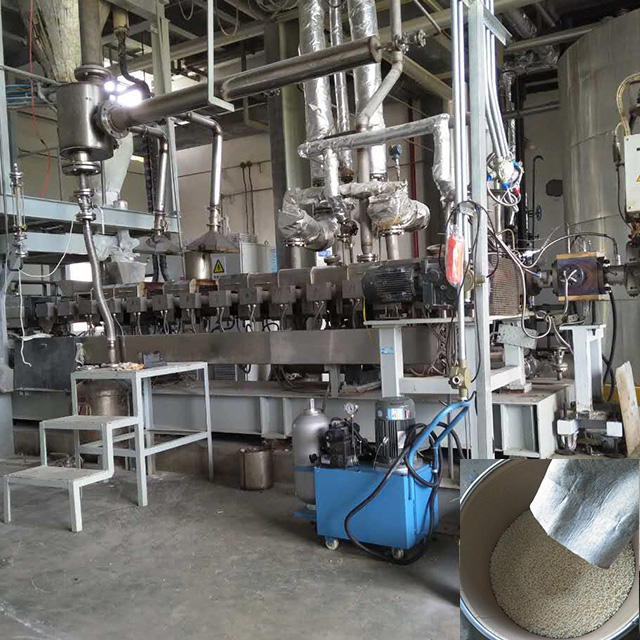
3. Applicable scenes
Material type: Suitable for PVC, PE, PP, ABS, PC and other thermoplastics, especially effective for shear-sensitive or high-viscosity materials (such as TPU, engineering plastics).
Profile application: door and window profiles, pipes, plates, sheets and other high-precision extruded products.
4. Selection of key parameters
Flow range: Selected according to extrusion output (e.g. 50-5000 kg/h).
Pressure capacity: usually up to 40MPa, need to match the mold resistance.
Temperature control: Heating accuracy ±1℃ to avoid material degradation.
Material compatibility: gears and pump body need to be corrosion resistant (e.g. chrome plating or special coating when handling PVC).
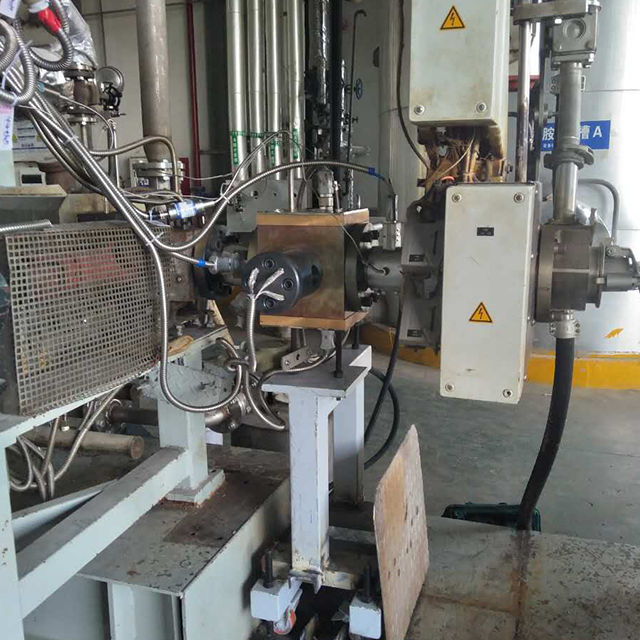
5. Advantages and limitations
Advantages:
Reduced extruder wear and extended screw life.
Improves product surface finish and reduces defects (e.g. flow marks, bubbles).
Limitations:
Higher initial investment, suitable for high volume production.
Requires regular maintenance (e.g. gear lash adjustment, seal replacement).
6. Installation and Commissioning Recommendations
Position: usually installed between the extruder and the mold, as close to the mold as possible.
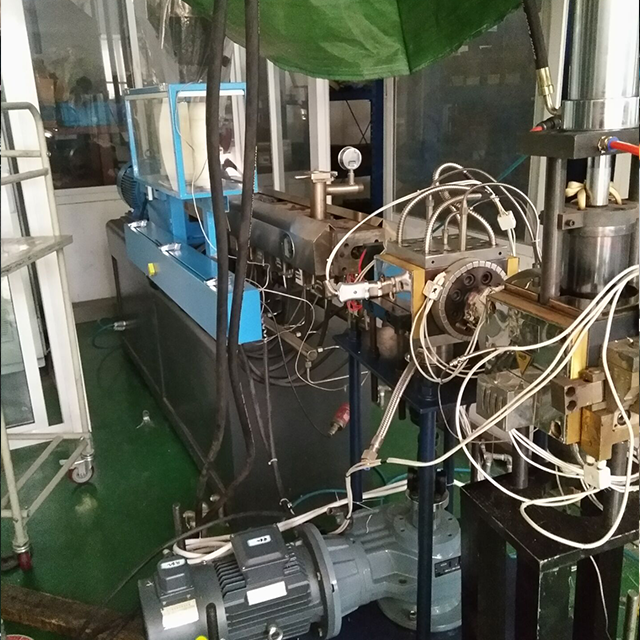
Joint control system: synchronize speed regulation with extruder and haul-off equipment to avoid flow mismatch.
Through rational selection and use of melt pumps, the stability and efficiency of plastic profile production can be significantly improved, especially for high-precision or thin-walled profiles is crucial. In practice, the parameters should be optimized according to the material characteristics, production rhythm and equipment configuration.
Email: sale@heikomachinery.com
WhatsApp: +86 13803717447






